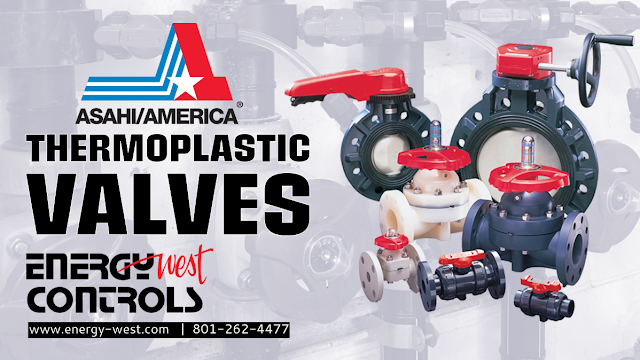Industrial in-line/in-tank eductors are specialized devices that facilitate the mixing, agitation, blending, heating, and aeration of liquids within industrial tanks. These devices leverage fluid dynamics principles to create efficient processes without the need for mechanical agitators. Typically, an eductor comprises a nozzle, a throat, and a diffuser. The device operates on the Venturi principle, which utilizes the energy from a high-velocity fluid to entrain and mix a secondary fluid, enhancing the mixing process within the tank.
The operational mechanism of in-line/in-tank eductors begins with the primary fluid being pumped through the nozzle at high pressure. This primary fluid accelerates as it passes through the narrow throat of the eductor, creating a low-pressure zone. This low-pressure area draws the secondary fluid from the surrounding tank through the eductor's openings. As the secondary fluid enters, it mixes with the primary fluid in the throat, where the velocity remains high. The mixed fluids then move through the diffuser, where the velocity decreases, and the pressure recovers. This process thoroughly mixes the tank's contents, as the high-velocity jets of mixed fluids effectively agitate and blend the surrounding liquid.
In-line/in-tank eductors are employed in various industrial applications because they efficiently mix, heat, and aerate large volumes of liquid without moving parts, reducing maintenance requirements but also operational costs, making them a cost-effective solution. They are commonly used in the chemical, pharmaceutical, food and beverage, and wastewater treatment industries. For instance, in chemical processing, eductors ensure uniform mixing of reactants, thereby enhancing reaction rates and product consistency. In the pharmaceutical industry, they maintain homogeneous mixtures, which is crucial for product quality and efficacy. Food and beverage manufacturers use eductors to blend ingredients, ensure uniform flavor distribution, and maintain consistent product quality. Wastewater treatment facilities utilize eductors to keep solids in suspension, promote aerobic conditions, and enhance the overall efficiency of the treatment process.
In-line/in-tank eductors circulate heated fluid throughout the tank for heating applications, ensuring even temperature distribution. This is particularly useful in processes requiring precise temperature control, such as food processing and chemical reactions. The eductors help prevent hot spots and ensure the entire tank reaches the desired temperature uniformly. In aeration applications, eductors introduce air or gas into the liquid, promoting oxygen transfer and maintaining aerobic conditions for biological processes in wastewater treatment and fermentation.
The design of in-line/in-tank eductors offers several advantages, such as energy efficiency, reduced maintenance, and the ability to handle a wide range of viscosities and temperatures. Their compact size and straightforward installation process make them ideal for retrofitting existing systems without significant modifications. Furthermore, eductors are made from various materials, including stainless steel, polypropylene, and PVDF, to accommodate different chemical compatibilities and operating conditions. Engineers consider factors such as tank size, fluid properties, desired mixing patterns, and required turnover rates when selecting an in-tank eductor. Proper sizing and placement of eductors within the tank are crucial for achieving optimal performance. Multiple eductors may be installed in larger tanks to ensure comprehensive mixing throughout the volume.
Jacoby-Tarbox, a division of Clark-Reliance Corporation, has established itself as a leading manufacturer of high-quality In-line/in-tank educators. Their products are renowned for their robust construction, precision engineering, and superior mixing performance. Jacoby-Tarbox offers a variety of in-tank eductor designs for multiple applications, from small process vessels to massive storage tanks. Their eductors feature optimized nozzle and diffuser geometries that maximize efficiency and minimize pressure loss. Jacoby-Tarbox's expertise in fluid dynamics and mixing technology has made their in-line/in-tank eductors a preferred choice for industries seeking reliable and efficient mixing, heating, and aeration solutions.
Energy West, Inc.
1955 West Industrial Circle
Salt Lake City, Utah 84104
Phone: 801-262-4477
Fax: 801-261-0862
Web:
https://energy-west.com








